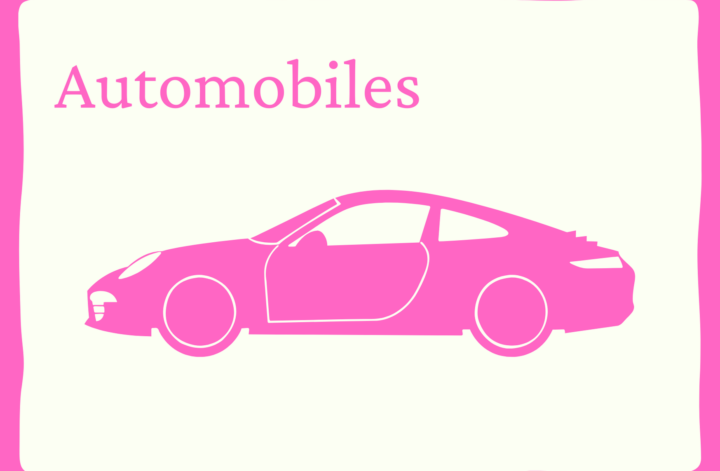A gasoline engine is an internal combustion engine.
A gasoline engine burns a mixture of air and gasoline in cylinders. Each cylinder contains a piston. When the mixture explodes, the pressure generated forces down the piston. The piston then turns a crankshaft that is linked to the wheels.
Most gasoline engines are four-stroke engines. A stroke is an upward or downward movement of a piston.
<The cycle of a four-stroke gasoline engine>
1. Induction stroke: The inlet valve opens. The mixture of gasoline and air enters the cylinder. The piston moves downwards.
2. Compression stroke: The inlet valve closes. The piston moves upwards and compresses the mixture.
3. Power stroke/Ignition stroke: The spark plug produces a spark, which ignites the mixture. The increased pressure forces down the piston.
4. Exhaust stroke: The outlet valve opens. The piston moves upwards and forces the exhaust gases out of the cylinder. The outlet valve closes.
ガソリンエンジンは、内燃機関です。
ガソリンエンジンは、空気とガソリンの混合気をシリンダーの中で燃焼させます。それぞれのシリンダーの中に、ピストンがあります。混合気が爆発すると、圧力が生じて、ピストンを押し下げます。そのとき、ピストンは、車輪につながったクランクシャフトを回転させます。
ほとんどのガソリンエンジンは4行程エンジンです。1行程は、ピストンが上向きまたは下向きに1回動くことです。
<4行程ガソリンエンジンのサイクル>
1. 吸入:吸気バルブが開きます。ガソリンと空気の混合気がシリンダーに入り、ピストンが下がります。
2. 圧縮:吸気バルブが閉じます。ピストンが上がり、混合気を圧縮します。
3. 爆発/点火:点火プラグが火花を飛ばし、混合気に点火します。上昇した圧力で、ピストンを押し下げます。
4. 排気:排気バルブが開きます。ピストンが上がり、排気ガスをシリンダーの外に押し出します。排気バルブが閉じます。





